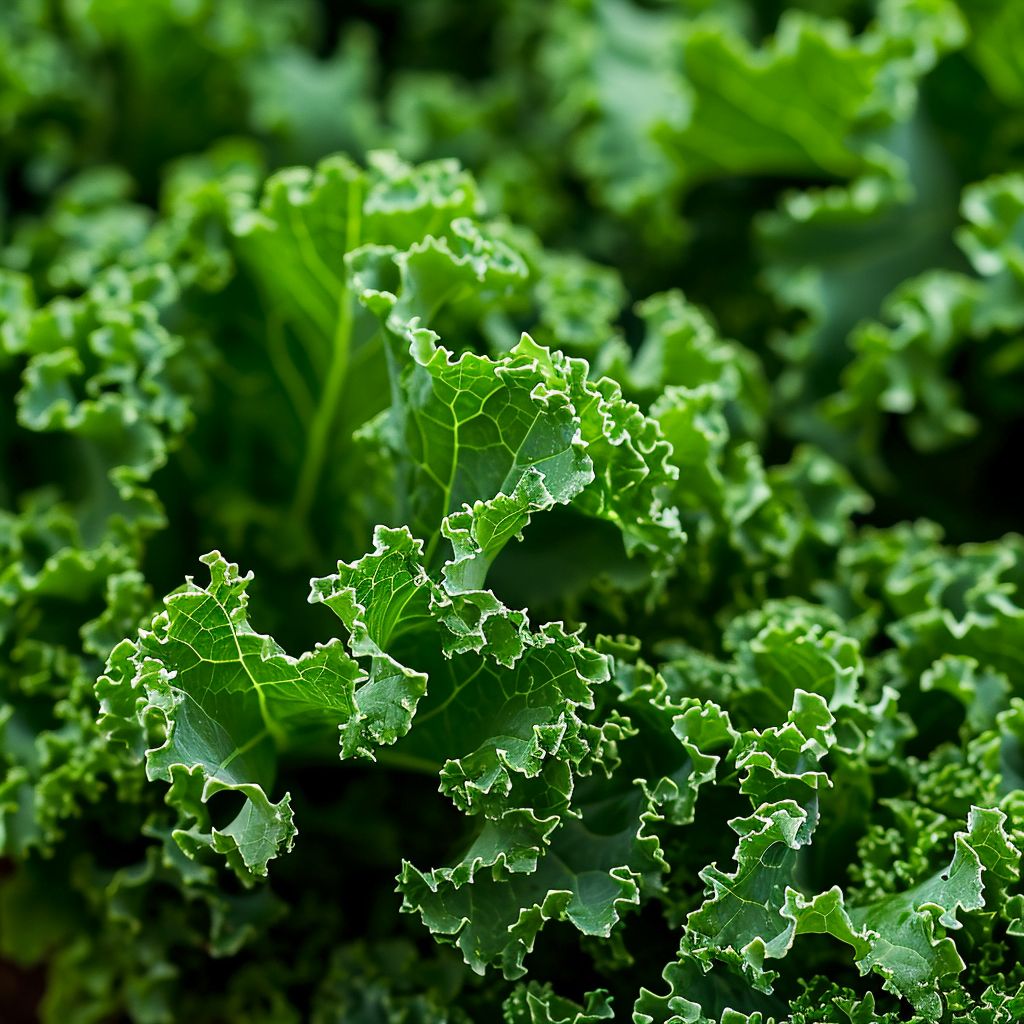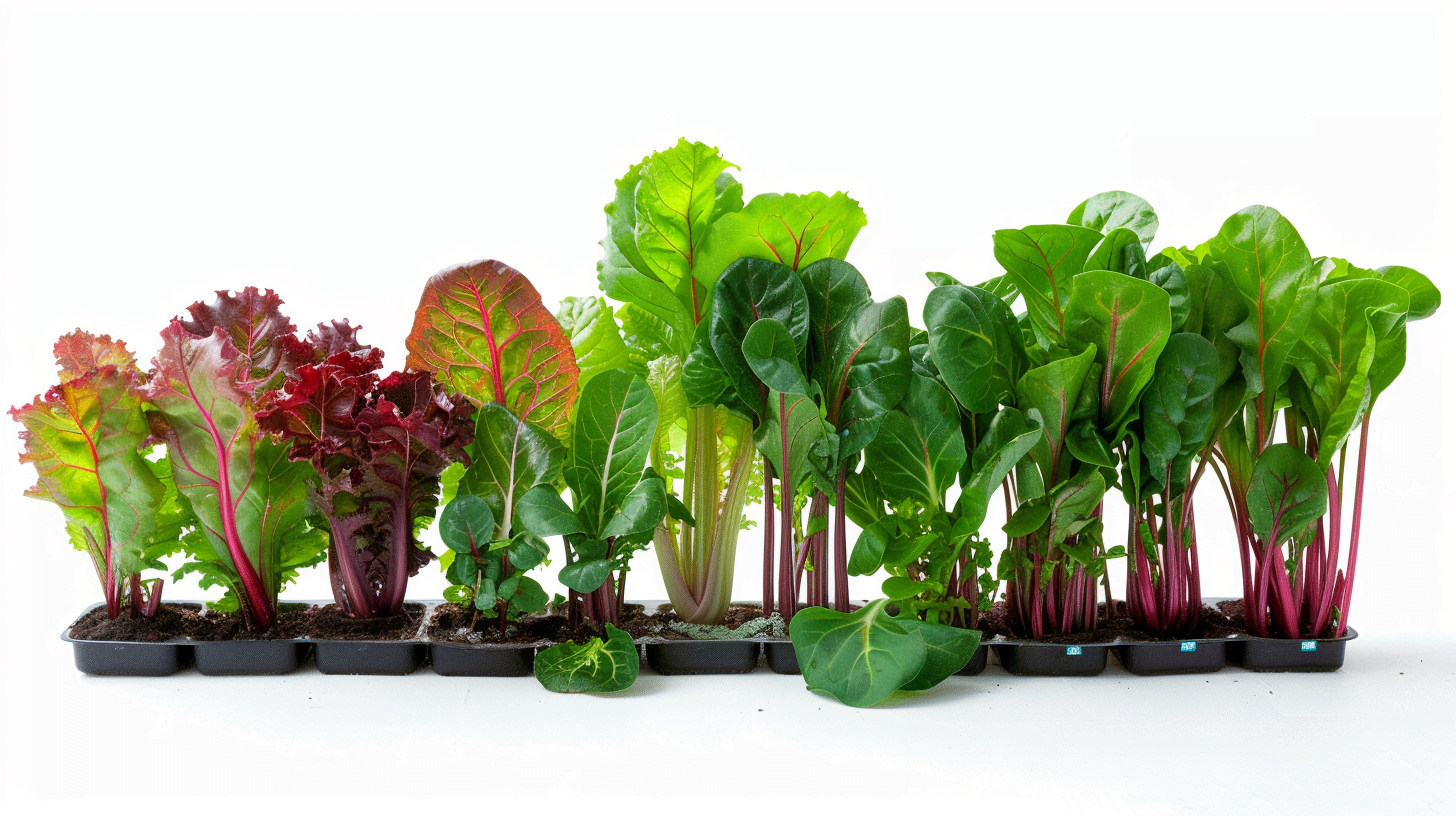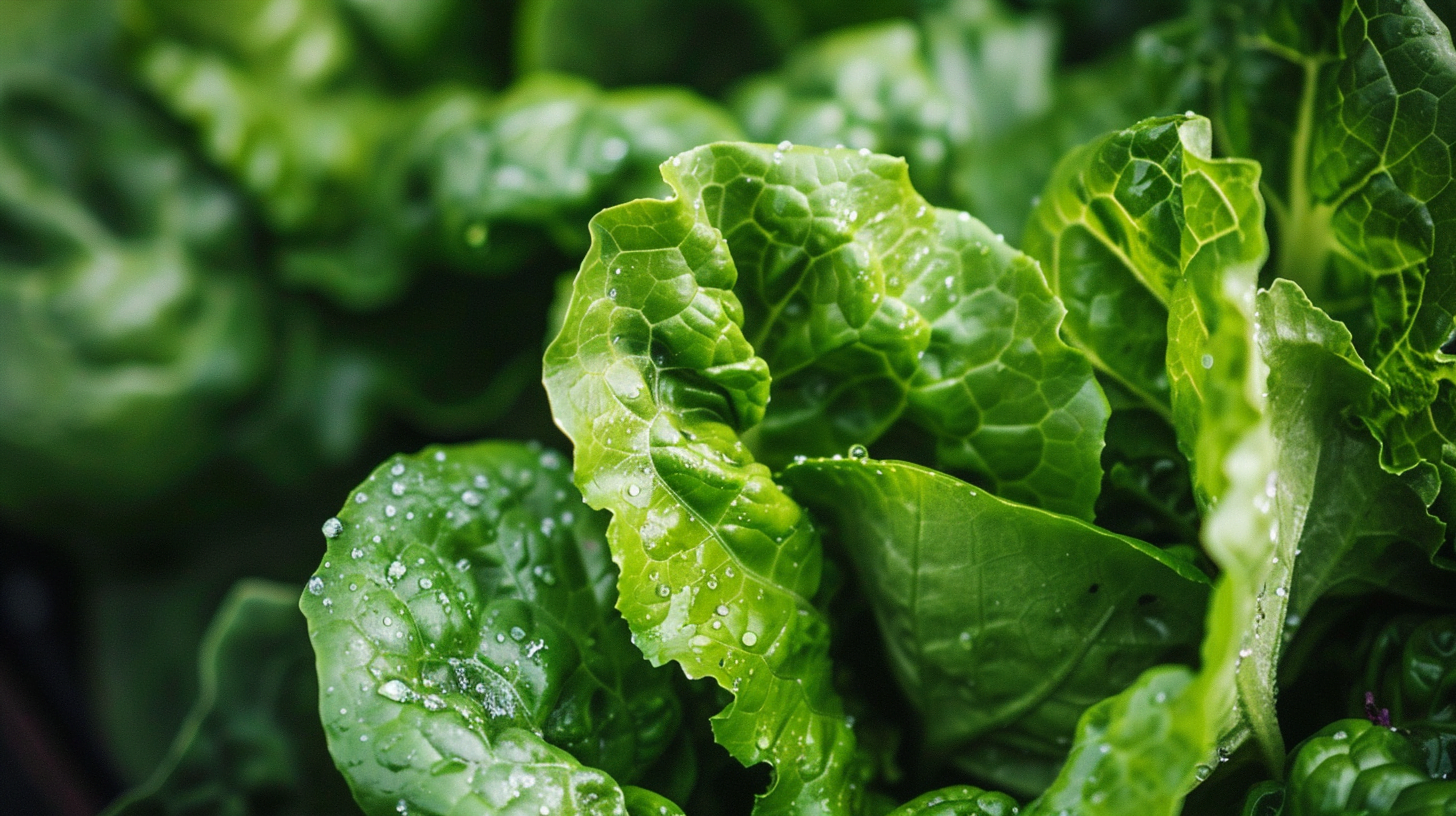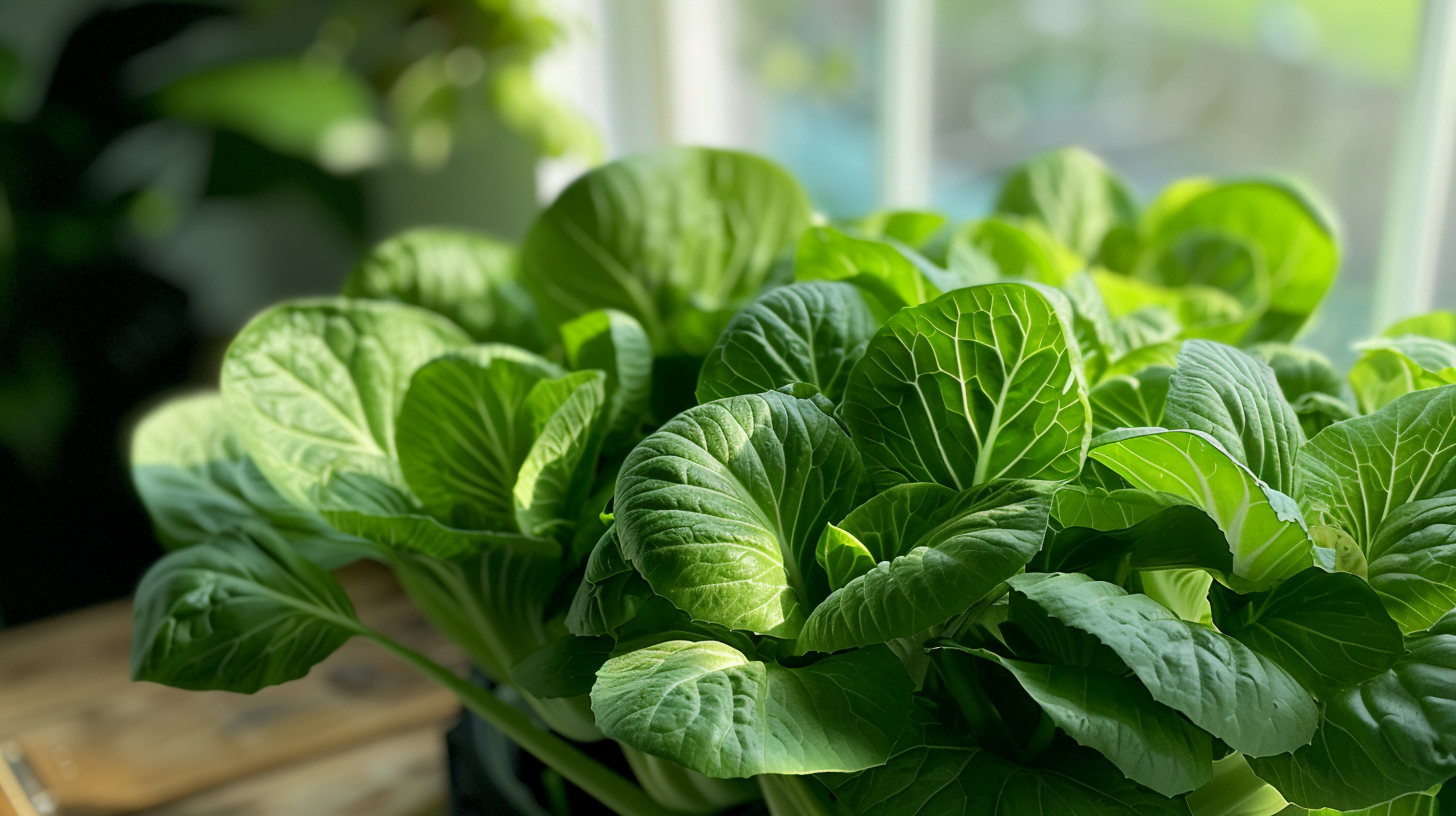Kale has become a popular superfood due to its exceptional nutritional profile. This leafy green is loaded with vitamins, minerals, antioxidants, and health-promoting phytochemicals. As people aim to incorporate more kale into their diets, many want to try growing it themselves. However, kale can be tricky to cultivate in traditional soil gardens. Issues like pests, diseases, and environmental fluctuations can result in disappointing yields.
This has led many gardeners to ask: Can I grow kale hydroponically?
The answer is a resounding yes. Hydroponic cultivation offers many advantages for producing bountiful harvests of leafy greens like kale. By growing plants in nutrient solutions rather than soil, it is possible to maximize growth, optimize conditions, and vastly increase productivity.
This guide will provide a comprehensive overview of successfully growing kale hydroponically. We will cover suitable varieties, system setup, nutrient requirements, lighting specifications, and harvesting techniques. Whether you are just getting started with home hydroponics or want to boost commercial production, using hydroponic methods can help you unlock kale’s full growth potential. Read on to learn how to grow abundant, healthy kale without the constraints of traditional gardening.
What is Hydroponic Gardening?
Hydroponic gardening involves growing plants without soil by delivering nutrients directly to the roots via a water-based, nutrient-rich solution. The plants are grown in an inert medium like perlite, clay pebbles, or rockwool that provides support and air circulation to the roots.
There are several types of hydroponic systems like:
- NFT (nutrient film technique) – roots hang down into a shallow stream of nutrient solution
- Drip systems – solution is dripped onto roots
- Ebb and flow – roots flooded with solution, then drained
- Wick systems – roots sit in a reservoir, wicking up solution
- Raft systems – plants sit on floating raft, roots dip down into water
- Deep water culture – roots fully immersed in aerated nutrient solution
The key advantages of hydroponic gardening include:
- Faster growth – Improved access to nutrients and oxygen allows rapid growth. Plants reach maturity up to 25% faster than soil gardening.
- Higher yields – Hydroponic systems are highly efficient, leading to higher production per square foot. Crops are more densely planted.
- Less pest/disease issues – The controlled environment makes it harder for pests and diseases to take hold.
- Greater control – Factors like temperature, lighting, pH, and nutrition can all be optimized.
- Space efficiency – Systems can be set up anywhere – no need for fertile land. Great for urban areas.
- Resource efficiency – Hydroponics uses less water since there is no runoff or evaporation. Nutrient solutions are recirculated.
With a well-designed hydroponic system, it is possible to grow a wide variety of vegetable crops, herbs, leafy greens, and flowers. Leafy greens that grow particularly well hydroponically include lettuces, kale, spinach, arugula, chard and herbs like basil, mint, cilantro.
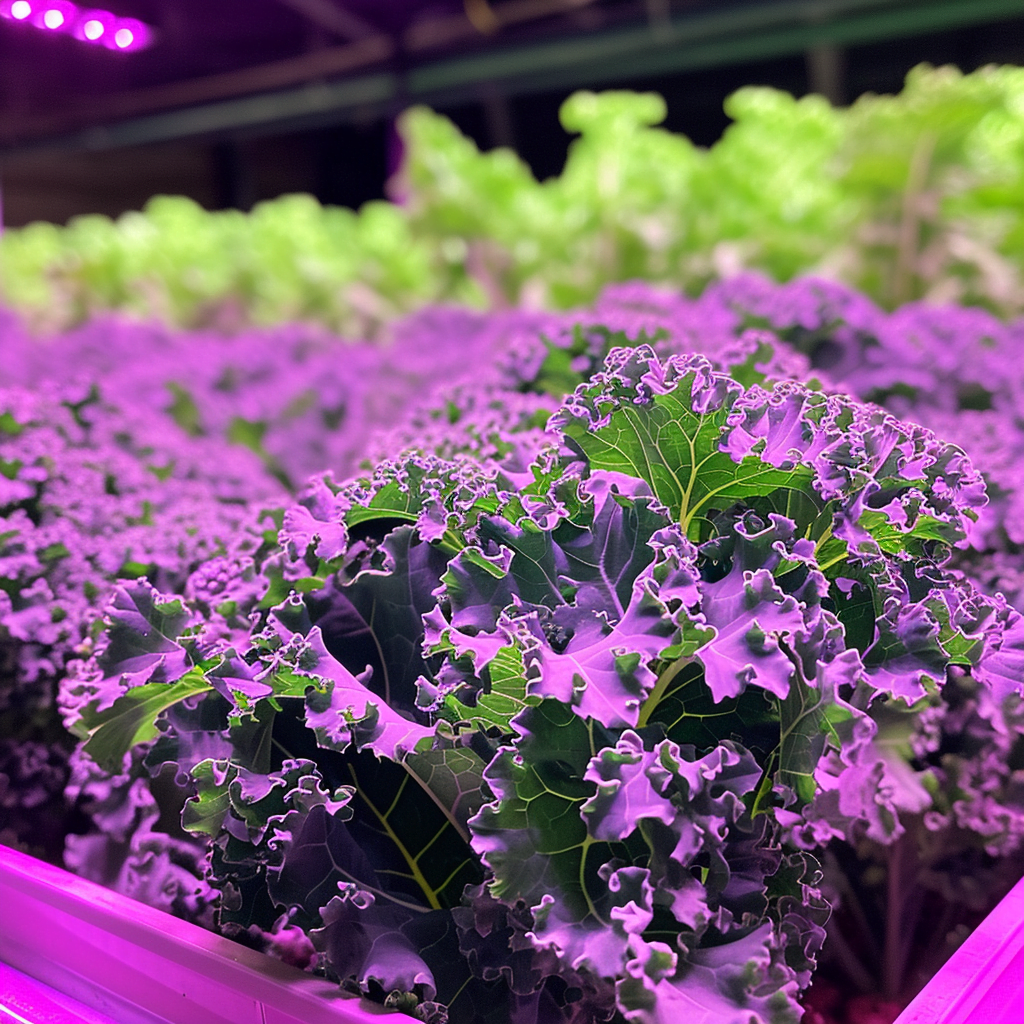
Benefits of Growing Kale Hydroponically
Kale is an excellent candidate for hydroponic cultivation. Here are some of the top benefits:
- Bolting resistance – Kale grown hydroponically is less prone to premature flowering/bolting. The consistent and controlled conditions prevent triggers like temperature fluctuations.
- Faster maturation – Kale can be grown to maturity in as little as 30 days with a hydroponic setup. It matures up to 3-4 weeks faster than in soil.
- Higher yields – Expect impressive yields per square foot since you can plant more densely. Yields can be up to 4-6 times higher than soil gardens.
- Year-round production – With an indoor hydroponic setup, kale can be grown year-round regardless of season or outdoor conditions.
- Pest resilience – Enclosed hydroponic systems protect kale from pests like cabbage loopers, cutworms, and flea beetles that plague soil gardens.
- Disease resilience – Fungal diseases like downy mildew are less likely to take hold in a controlled hydroponic environment.
- Weed free – No need to weed hydroponic systems – the inert growing media doesn’t support weeds.
- Space efficiency – Hydro systems can be set up in spaces unsuitable for soil gardening like garages, basements etc.
- Consistency – Carefully monitoring the nutrient solution and environment leads to reliable, consistent results harvest after harvest.
Choosing the Right Kale Variety for Hydroponics
When selecting kale varieties for hydroponics, some ideal traits to look for include:
- Bolt resistance – Look for slow bolting varieties like Winterbor, Beira, or Redbor kale. These have excellent heat/cold tolerance.
- Compact size – Dwarf or semi-dwarf varieties under 2 ft tall work well in cramped hydro setups. Try Dwarf Blue Scotch or Dwarf Green Curled.
- Shade tolerance – Some varieties like Red Russian, White Russian, and Red Ursa tolerate lower light levels if growing under artificial lights.
- Leaf types – Curly, ruffled leaf types like Winterbor and Redbor work well. Siberian kale is another excellent hydroponic variety.
- Hybrid vigor – Look for F1 hybrid varieties like Blue Knight and Blue Lagoon that have vigor and uniformity bred in.
- Days to maturity – Select quick maturing types that reach harvest size within 25-35 days.
Some of the best kale varieties for hydroponics include:
- Red Russian
- Winterbor
- Redbor
- Beira
- Dwarf Blue Scotch
- White Russian
- Red Ursa
- Blue Knight
- Blue Lagoon
When sourcing seeds or transplants, be sure to obtain from reputable suppliers that provide varieties suitable for hydroponic production.
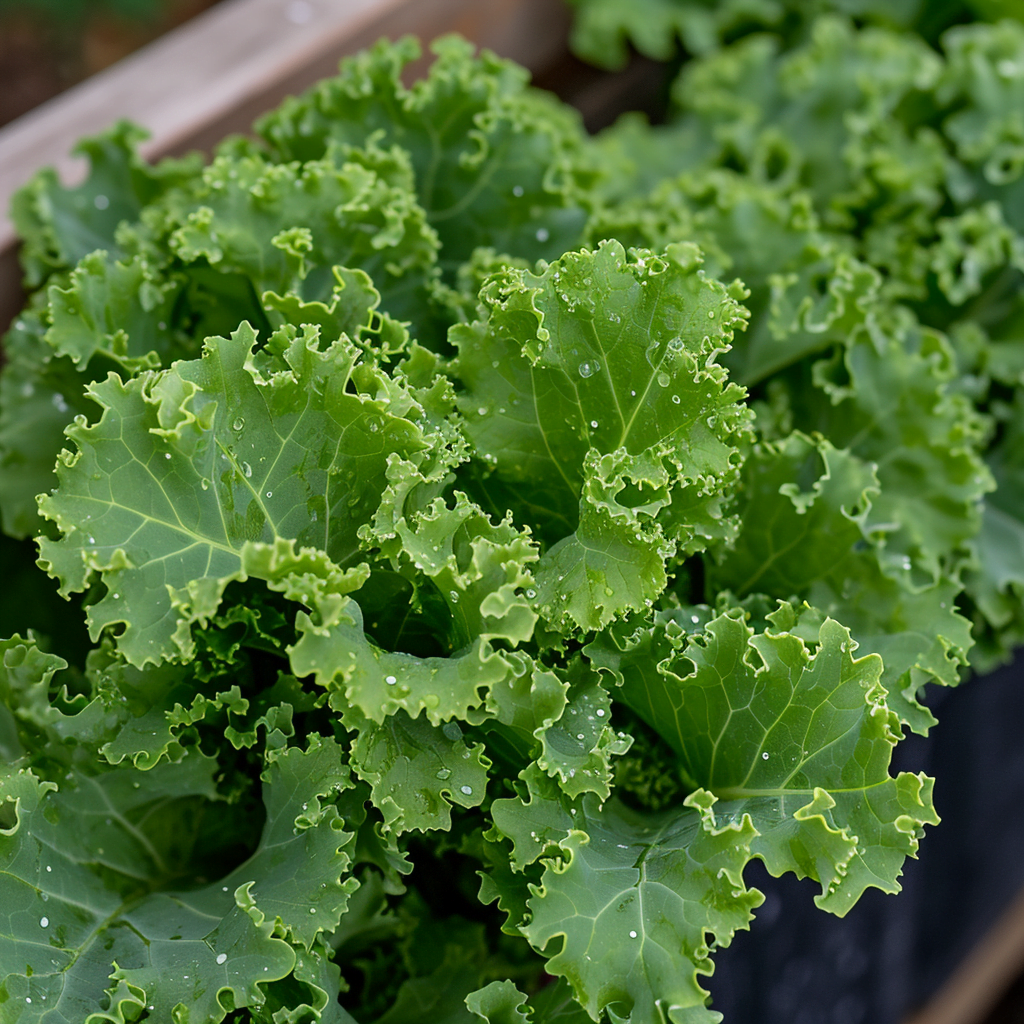
Setting Up Your Hydroponic System
To grow kale hydroponically, you will need:
- Containers – Troughs, buckets, PVC pipes, and gutters work well for holding plants and nutrient solution. Choose food-safe, inert materials.
- Growing medium – Perlite, vermiculite, rockwool, coconut coir, growstones etc. Provides root support.
- Reservoir – Container or tank to hold the nutrient solution – often part of the system. Minimum 5 gallon capacity.
- Water pump – Submersible pump sized appropriately to deliver nutrient solution to plants. Measure flow rate.
- Air pump & stones – Provides oxygen to roots. Have backup air pump in case of failure.
- Tubing – Food-grade tubing to connect system components.
- Lighting – Grow lights like LEDs or high pressure sodium. Minimum 100 watts per sq ft.
- Nutrient mixes – Pre-made or DIY mixes to provide nitrogen, phosphorus, potassium and micronutrients.
- pH/EC meters – Monitors to measure pH and conductivity (nutrient strength) levels.
- Seedlings/cuttings – Purchase quality, disease-free plants to start your system.
Popular hydroponic setups for kale include:
- Deep Water Culture – Simple and efficient. Roots suspended in an aerated nutrient reservoir.
- NFT channels – Shallow stream of nutrient solution constantly flows past roots.
- Flood and drain – Roots flooded then drained multiple times per day. Times range from 5-15 mins.
- Raft system – Plants sit in plastic rafts floating on nutrient solution.
The setup you choose depends on factors like your space, budget, and desired scale. A small home deep water culture or NFT system can easily provide all the kale a family needs. Commercial growers typically use larger raft, flood/drain or NFT systems for massive yields.
Caring for Hydroponic Kale
To maximize yields, hydroponic kale needs:
- pH 5.5-6.5 – The optimal range for nutrient absorption. Monitor and adjust levels daily.
- EC 1.2-2.0 – Electrical conductivity measured in mS/cm. Manage to control nutrient strength.
- Water temp 55-68°F – Kale grows best in cool reservoir temperatures. Use chillers to maintain range in warm climates.
- LED lighting – Provide at least 12-16 hours of light for rapid growth. Mix of red and blue spectra.
- Aeration – Use air stones/pumps 24/7 to maintain oxygenation for healthy roots.
- Pest management – Inspect regularly and remove any pests like aphids by hand. Beneficial insects can also help control.
- Sanitation – Clean equipment and change reservoir regularly to avoid root pathogens.
- Leaf pruning – Prune lower leaves periodically for plant health and air circulation.
Monitor kale closely for any signs of deficiencies, which appear on leaves first. Common problems include:
- Tip burn – Brown leaf tips caused by calcium deficiency. Ensure adequate calcium in nutrients and pH 5.5-6.2 range.
- Yellowing – Nitrogen deficiency. Increase nitrogen levels.
- Wilting – Low water/nutrients or root issues. Check for clogs or rotting roots.
- Slow growth – Lighting too low for particular variety. Increase duration/intensity.
How to Harvest Hydroponically Grown Kale
- Begin harvesting outer leaves when they reach desired size – typically 3-6 inches long.
- Use clean, sterilized scissors or pruners for harvesting. Make cuts just above where the leaf stalk meets the stem.
- Harvesting the oldest outer leaves helps promote continued growth and production.
- Expect to harvest 1-2 leaves per plant every 2-3 days. Harvest frequency depends on variety and plant maturity.
- Succession planting allows for staggered harvests. Replant seedlings every 2-3 weeks.
- Time from seeding/transplanting to beginning harvest is typically 4-6 weeks.
- Rinse and refrigerate any leaves not being used immediately. Leaves store 5-7 days if properly refrigerated.
- Mature kale plants can produce leaves for 3-6 months before declining. Replant as needed.
- Maximize productivity by planting new seedlings/cuttings immediately after removing mature plants.
- A 5 sq ft hydroponic setup can produce 10-15 lbs of kale per year with good management.
Some tips for maximizing yields:
- Provide consistent lighting, temperature, airflow, and nutrition throughout growth cycle.
- Maintain optimal pH and nutrient strength at all times.
- Harvest frequently to encourage continued production.
- Practice good sanitation and pest control.
- Choose bolt resistant varieties suited to hydroponic production.
- Use space efficiently by training plants upward and planting densely.
- Replace plants before signs of aging like woody stems or flavor decline.
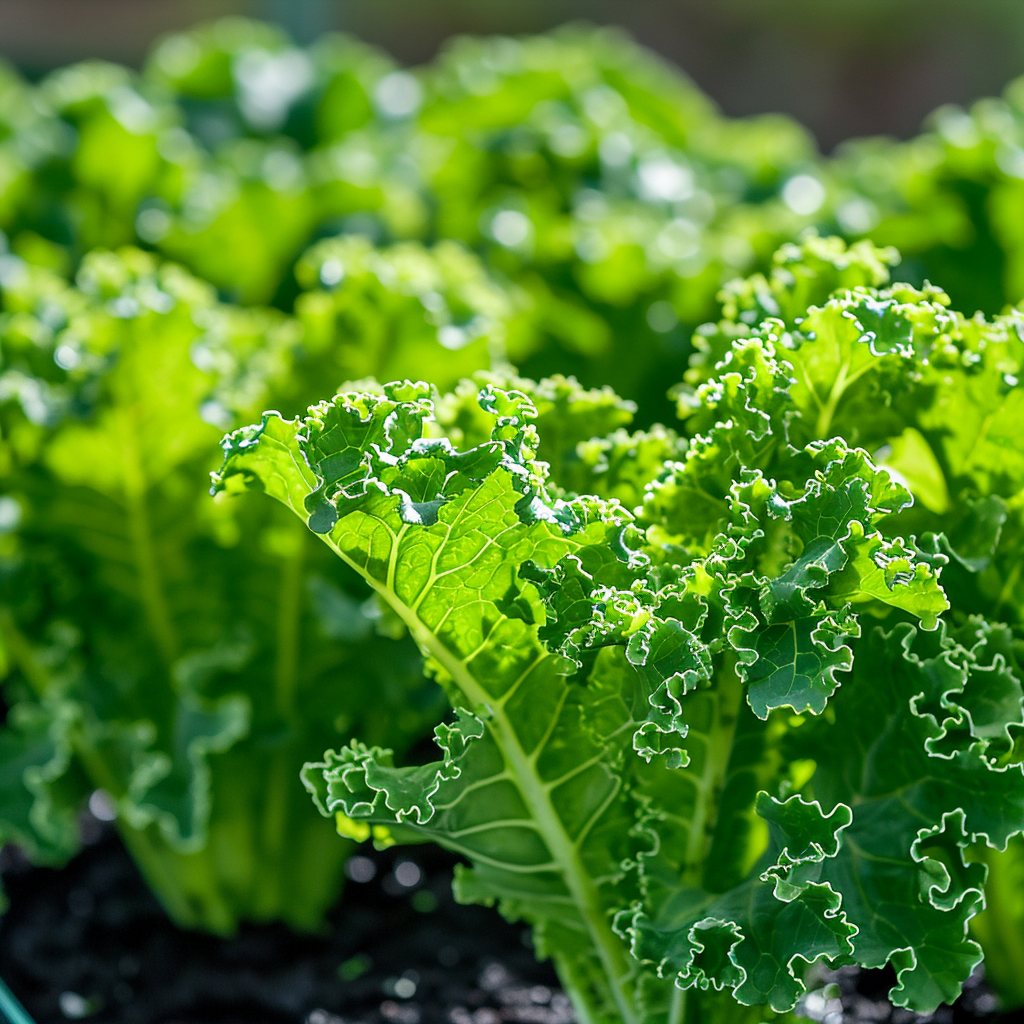
Common Problems When Growing Kale Hydroponically
While hydroponics offers many advantages for growing kale, it is still possible to encounter some problems:
Slow growth
This is often caused by insufficient lighting. Different kale varieties have varying light needs. For example, Red Russian can tolerate lower light than Winterbor. Ensure your lighting provides adequate intensity for the particular variety – increase hours or wattage if growth is slow.
Tip burn
Brown necrotic spots on leaf margins is caused by a calcium deficiency. Ensure adequate calcium levels in the nutrient mix and maintain pH between 5.8-6.2 for proper calcium uptake.
Leggy, weak plants
Low lighting levels and insufficient airflow cause plants to stretch for light and become leggy. Introduce air circulation via fans and provide adequate lighting duration/intensity.
Bolting
Premature flowering can happen when day length is interrupted or temperatures rise above 75°F. Choose bolt resistant varieties and maintain optimal temps.
Poor germination
This results from old seed, improper planting method, or poor conditions. Always use fresh seed each planting. Create warm, moist, oxygenated conditions for seedlings.
Algae growth
Exposed nutrient solution with light causes algal growth. Use opaque reservoirs and pipe insulation to eliminate light exposure.
pH fluctuation
pH tends to rise between solution changes. Monitor levels closely and adjust pH daily to maintain the 5.8-6.2 range kale prefers.
Frequently Asked Questions About Hydroponic Kale
Here are answers to some common questions about growing kale hydroponically:
What nutrient solution should I use for kale?
Kale does best with a hydroponic fertilizer optimized for leafy greens. Look for an NPK ratio around 7-5-8 with added calcium, sulfur, and magnesium. Many pre-made mixes are available.
How much light does kale need in hydroponics?
Most kale varieties require at least 14-16 hours under grow lights daily. LED full spectrum lights work best, providing 150-200 umol/m2/s intensity at the canopy level.
What causes tip burn on hydroponic kale leaves?
Tip burn is caused by a calcium deficiency. Ensure adequate calcium levels in the nutrient mix and keep pH between 5.5-6.2 for proper calcium uptake. Test and adjust pH frequently.
How much spacing do kale plants need?
In NFT or drip systems, space plants 6-8 inches apart. Deep water and raft systems can be planted more densely at 5-6 inches apart since the roots have more room to spread out.
How do I know if my kale has bolted?
Bolting kale will start forming an elongated central stalk and tiny flower buds will emerge. It is usually triggered by temps over 75°F or interrupted lighting disrupting the plant’s photoperiod.
What are signs my kale plants are ready to harvest?
Plants are ready to begin harvesting leaves once they reach around 4-6 inches long. Test taste and texture – leaves should be mild flavored and tender but not limp.
Can I grow kale hydroponically outdoors?
Yes, you can place hydroponic systems outdoors provided temps remain in kale’s preferred range. May require chillers for summer or greenhouse enclosures in winter in some climates.
Final Thoughts on Growing Kale Hydroponically
Growing kale in a hydroponic system allows for rapid, year-round production of tender, delicious kale without concerns over pests, diseases, or environmental conditions. With the right lighting, nutrient inputs, and system maintenance, hydroponic kale can yield nutritious greens faster and more prolifically than soil growing. The enclosed, controlled environment ensures kale can thrive indoors or outdoors regardless of season. Take advantage of kale’s love for hydroponic cultivation to enjoy fresh, home-grown superfood all year round!
